Amazon’s newly refreshed Fire HD 8 tablet arrives with an enticing $100 price tag. However, the latest iteration of this budget-friendly device reveals a growing tension between affordability and user experience, raising questions about the true cost of budget technology in 2024.
The October 2024 update to Amazon’s 8-inch tablet line brings modest improvements, including increased RAM and a marginally better camera system, but these incremental upgrades do little to address the fundamental compromises that have long characterized the Fire tablet experience. While the device maintains its position as an entry-level option for casual users, the growing sophistication of modern computing needs increasingly exposes the limitations of Amazon’s approach.
At first glance, the Fire HD 8’s physical design speaks to its practical intentions. Weighing just 0.74 pounds and measuring 0.37 inches thick, the tablet strikes a comfortable balance between portability and usability. Its plastic construction, while far from premium, provides adequate durability for daily use. The textured back panel offers a reasonable grip, though it tends toward the slippery side. Perhaps most importantly for families, the tablet’s compact dimensions make it manageable for children while remaining comfortable for adult hands during extended reading or viewing sessions.
However, the compromises become apparent when examining the display, which maintains the same 1,280 x 800 resolution LCD panel as its predecessor. In 2024, this resolution feels increasingly inadequate, with visible pixelation that detracts from text clarity and image sharpness. The screen’s brightness levels prove sufficient for indoor use but struggle in outdoor settings, limiting its versatility. The display’s tendency to attract fingerprints and smudges further detracts from the viewing experience.
Under the hood, the new Fire HD 8 employs a 2 GHz six-core MediaTek MT8169A processor, paired with either 3GB of RAM in the base model or 4GB in the higher-tier variant. The increase in base RAM from the previous generation’s 2GB represents a welcome improvement, but the tablet’s performance still firmly places it in the casual use category. While basic tasks like video streaming and web browsing are generally manageable, users frequently encounter lag when switching between apps or returning to the home screen.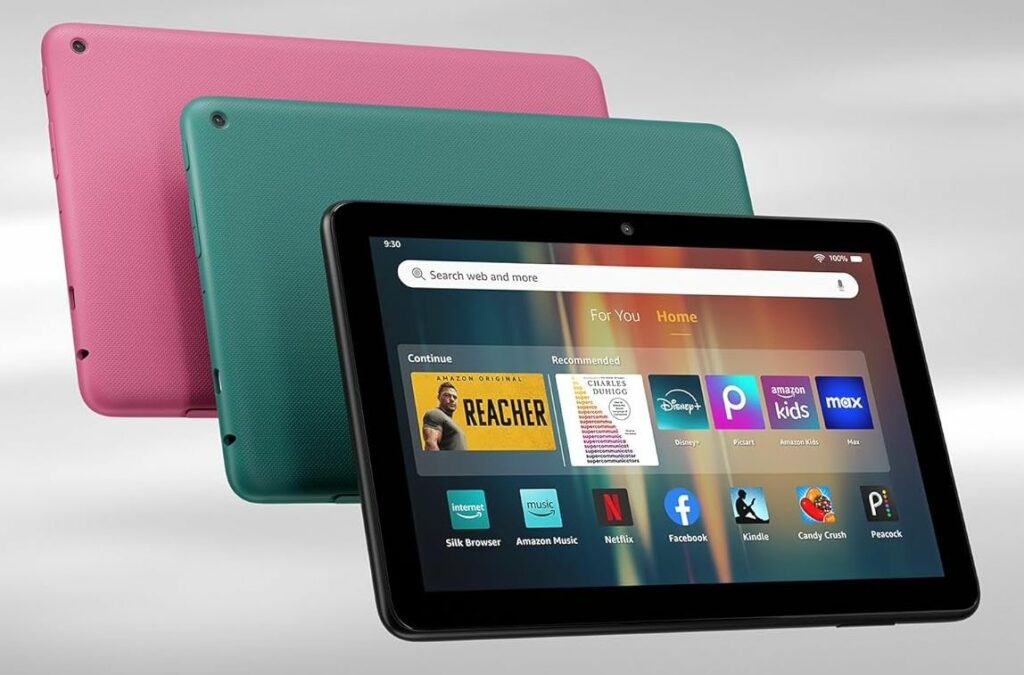
Gaming capabilities fall within expected parameters for the price point. Simple casual games run smoothly, and surprisingly, even more demanding titles like PUBG Mobile and Diablo Immortal remain playable, albeit with significantly reduced visual quality. Benchmark tests reveal modest but measurable improvements over the previous generation, with Geekbench 5 scores of 193 for single-core and 907 for multi-core performance.
The tablet‘s practical features deserve recognition. The inclusion of a microSD slot supporting up to 1TB of additional storage provides valuable flexibility, especially considering the limited built-in storage options of 32GB or 64GB. The retention of the 3.5mm headphone jack offers a welcome alternative to the tablet’s underwhelming stereo speakers, which suffer from uneven positioning and limited audio separation.
Battery life remains a bright spot, with real-world usage consistently delivering 10-11 hours of active use, approaching Amazon’s claimed 13-hour maximum under ideal conditions. However, the included 5W charger’s glacial charging speed – requiring approximately five hours for a full charge – feels particularly dated in 2024, even accounting for the budget positioning.
The most significant challenges facing the Fire HD 8 stem not from its hardware compromises but from Amazon’s Fire OS software environment. Built on a fork of Android 11, Fire OS presents an experience that prioritizes Amazon’s services and ecosystem above all else. While this approach offers some benefits for heavy users of Amazon’s content platforms, it creates notable limitations for general-purpose tablet use.
The absence of Google services stands as perhaps the most glaring omission. Users must forgo access to the Play Store’s vast app selection, instead relying on Amazon’s more limited app marketplace. While major streaming services and social media platforms are generally available, the ecosystem gaps become apparent when seeking productivity tools, specialized apps, or even popular services like Reddit. The default Silk browser offers basic functionality but lacks the refined features of mainstream alternatives.
More problematic is Fire OS’s aggressive promotion of Amazon’s commercial interests. The user interface dedicates substantial screen real estate to sponsored content and product recommendations, creating an experience that often feels more like navigating a shopping platform than using a personal device. The inclusion of lock screen advertisements in the base model (removable for an additional $15) further emphasizes the tablet’s role as a vehicle for Amazon’s broader commercial ecosystem.
The tablet’s new AI-powered features, including an automated wallpaper creator and writing assistance tools, represent Amazon’s nod to current tech trends but fail to meaningfully enhance the user experience. The webpage summary feature in the Silk browser, while functional, tends to oversimplify content in ways that may do more harm than good for information comprehension.
Despite these limitations, the Fire HD 8’s value proposition becomes more compelling during Amazon’s frequent sales events, where the price often drops below $60. At such price points, the tablet’s compromises become easier to accept for users seeking a basic device for media consumption, e-reading, or children’s use. The robust parental controls and multi-user profile support particularly stand out for family applications.
However, as we progress further into 2024, the question becomes whether mere affordability justifies the increasingly dated user experience offered by Fire OS. While Amazon’s tablet maintains its position as a budget-friendly option, the growing sophistication of digital content consumption and creation may be pushing users to demand more than just a low price point, even in the budget segment.
For users firmly embedded in Amazon’s ecosystem or those prioritizing cost above all else, the Fire HD 8 remains a serviceable option, particularly when purchased at a discount. However, the tablet’s limitations increasingly suggest that the true cost of budget technology extends beyond its purchase price, manifesting in a user experience that feels increasingly at odds with modern computing expectations.

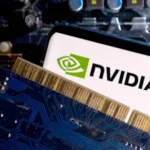


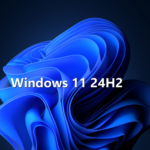


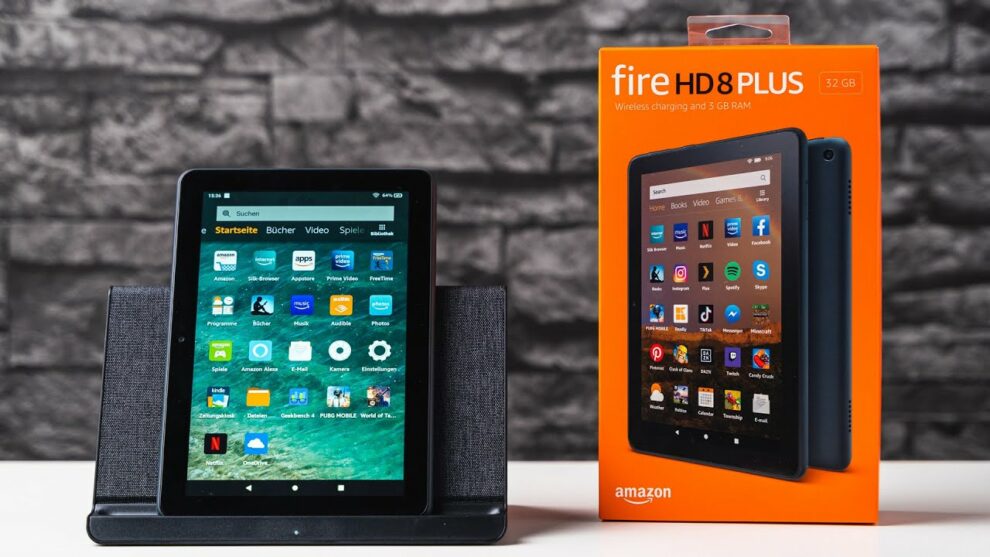

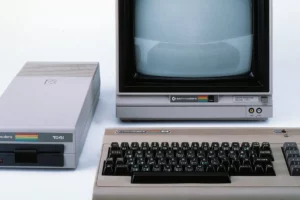





Add Comment